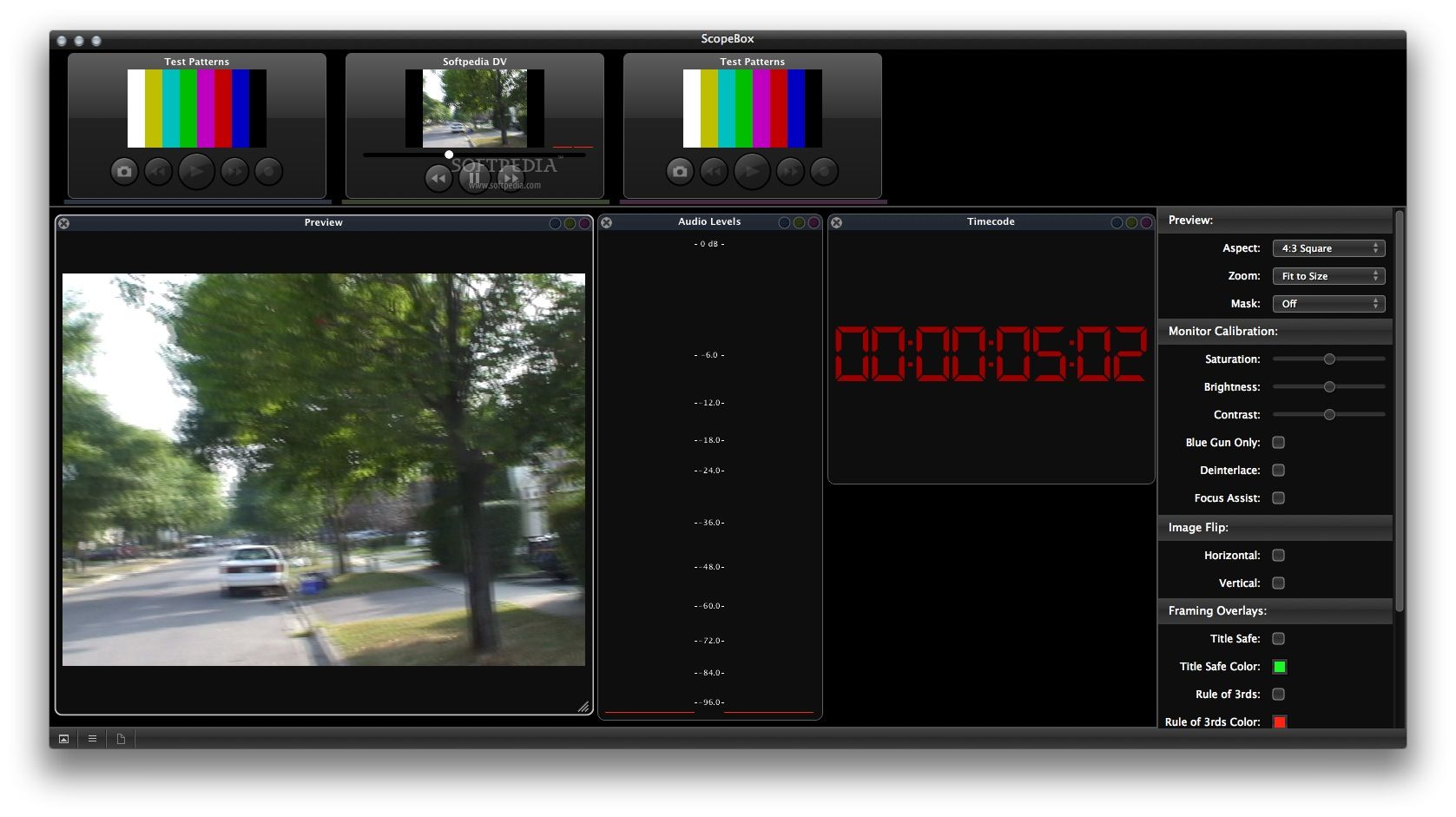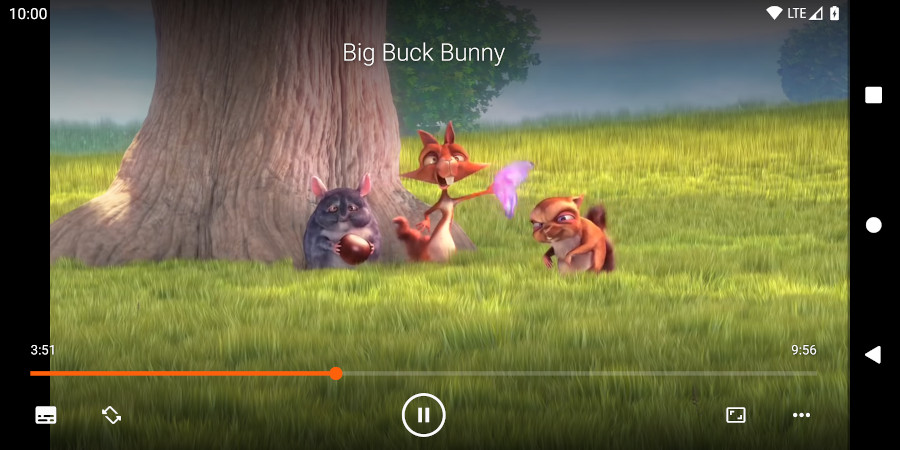Devices and Mac OS X version
- Vlc Player For Mac
- Vlc Player Download Mac
- Vlc For Macbook Pro
- Macos Vlc Player Update
- Vlc Player For Mac
VLC media player requires Mac OS X 10.7.5 or later. It runs on any Mac with a 64-bit Intel processor or an Apple Silicon chip. Previous devices are supported by older releases.
Note that the first generation of Intel-based Macs equipped with Core Solo or Core Duo processors is no longer supported. Please use version 2.0.10 linked below.
If you need help in finding the correct package matching your Mac's processor architecture, please see this official support document by Apple.
Web browser plugin for Mac OS X
Graphical Interface. Many people who want to use VLC media player on macOS will be intending to use the standard graphical interface that is provided by VLC. The standard interface consists of the eight menus in the menu bar and the 'VLC - Controller' window that opens up by default. VideoLAN, VLC, VLC media player and x264 are trademarks internationally registered by the VideoLAN non-profit organization. VideoLAN software is licensed under various open-source licenses: use and distribution are defined by each software license.

Support for NPAPI plugins was removed from all modern web browsers, so VLC's plugin is no longer maintained. The last version is 3.0.4 and can be found here. It will not receive any further updates.
Older versions of Mac OS X and VLC media player
- VLC is a good player software for Blu-ray content on Windows, macOS and even Linus, but it still can’t play Blu-ra disc that protected by aacs or BD+ nonetheless. Therefore, if you want to enable VLC to play those commercial Blu-ray discs, you must find the valid library for aacs decoding and put it into the right place, so that VLC can.
- This allows users to use more than one VLC player at a time. Once you've done the above you should be able to play as many VLC instances and video or audio files as you like. On the Mac, running multiple instances of VLC is not supported out of the box. As a workaround, you can create a Droplet/App that does the following.
We provide older releases for users who wish to deploy our software on legacy releases of Mac OS X. You can find recommendations for the respective operating system version below. Note that support ended for all releases listed below and hence they won't receive any further updates.
Mac OS X 10.6 Snow Leopard
Use VLC 2.2.8. Get it here.
Mac OS X 10.5 Leopard
Use VLC 2.0.10. Get it for PowerPC or 32bit Intel.
Mac OS X 10.4 Tiger
Mac OS X 10.4.7 or later is required
Vlc Player For Mac
Use VLC 0.9.10. Get it for PowerPC or Intel.

Mac OS X 10.3 Panther
Vlc Player Download Mac
QuickTime 6.5.2 or later is required
Use VLC 0.8.6i. Get it for PowerPC.
Vlc For Macbook Pro
Mac OS X 10.2 Jaguar
Use VLC 0.8.4a. Get it for PowerPC.
Mac OS X 10.0 Cheetah and 10.1 Puma
Use VLC 0.7.0. Get it for PowerPC.
Frequently Asked Questions
view this alone
The VLC menu
This menu gives you access to non-operational types of commands.
- About VLC media player gives the usual version and creator information,
- Check for Update will tell you if there is a newer version released than the one you are using,
- Preferences gives you access to a very wide range of settings for the program,
- Extensions some text,
- Add Interface enables other ways of getting access to VLC functionality other than the Graphical User Interface programme,
- Services some text,
- the others are standard OSX options which do not affect VLC functionality.
Preferences
Preferences are usually default settings that operate in the background to the operations you want to perform. These are therefore not part of the standard user interface because it is believed you will probably only want access to these occasionally if at all. Should you want to do something a little (or a lot) non-standard then these preferences are important. They allow you to choose non-default audio output channels (e.g. your headphones) or select sub-titles as well as more technical things that probably require some knowledge of video file structures or other in depth knowledge.
The preference sections available under VLC are:
- Interface - Choosing and configuring the alternate interfaces
- Audio - which audio to play through which channels
- Video - which video to play through which channels
- Subtitles & OSD - Some text
- Input & Codecs - How to interpret the video file
- Hotkeys - Some text
Add Interface
If you are using VLC on your Mac to display video on the same Mac's screen(s) then this may be of little interest to you.
The alternate interfaces currently offered are:
- Mouse gestures where you can control VLC by simply moving the mouse
- Web interface for controlling VLC over a network using a browser
- Debug logging
- Console *nix-style non-graphical interfaces
Macos Vlc Player Update
Vlc Player For Mac




